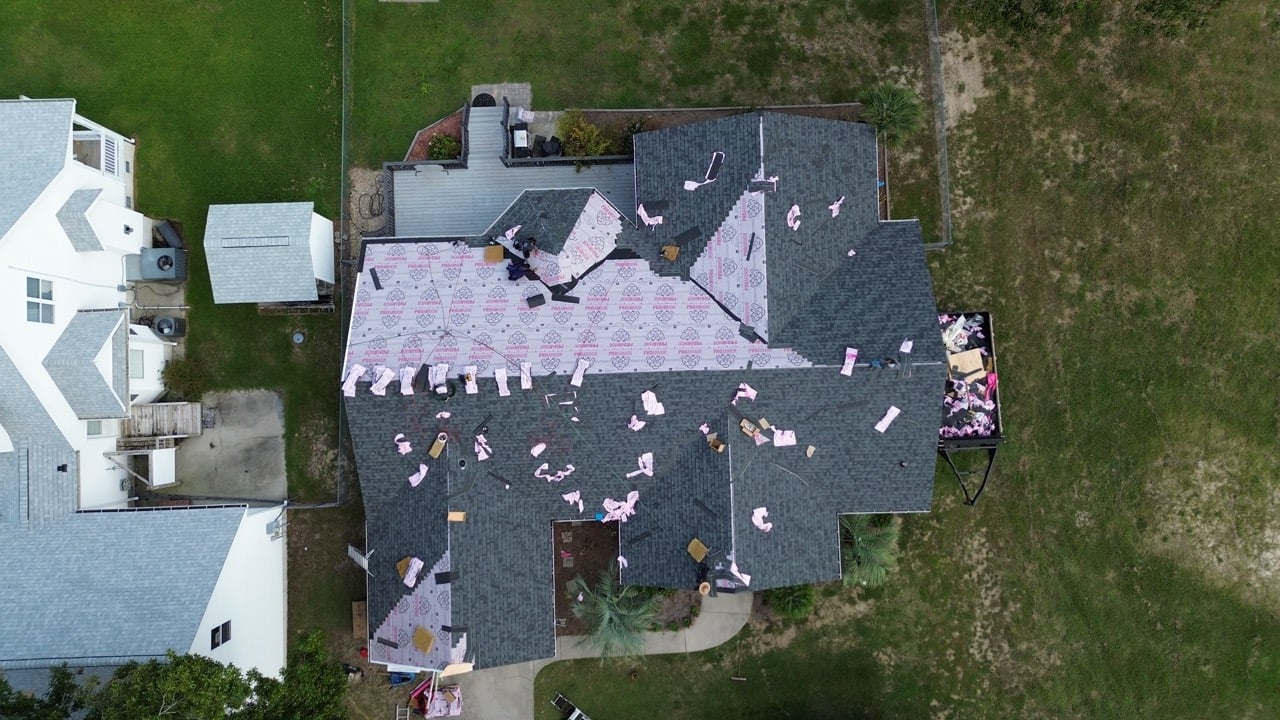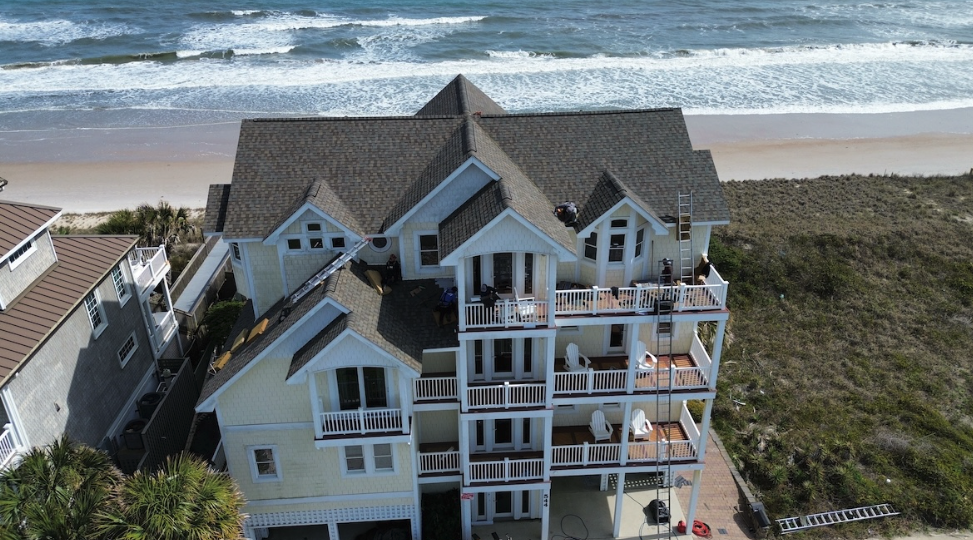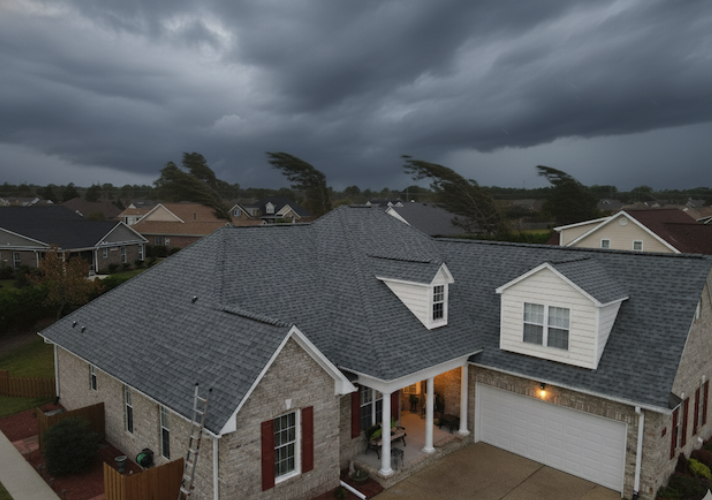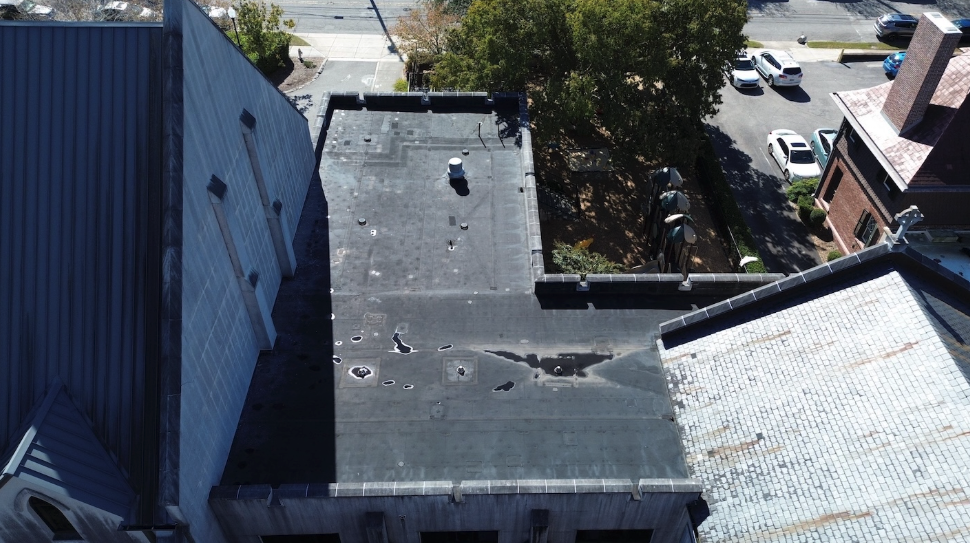Understanding the Importance of Proper Flashing Installation in Roofing
Summit Roofing

When protecting your home or business from the elements, your roof plays a pivotal role. But there's more to roofing than just shingles and underlayment. In this blog, we will delve into the world of roofing flashing, uncovering its crucial role and why proper installation is paramount for the longevity and integrity of your roof.
The Significance of a Roof's Flashing
In roofing, flashing is more than just a gleam of light reflecting off a metal surface. It refers to the material used to create a watertight barrier at vulnerable points on the roof.
These critical areas, such as roof valleys, chimney bases, and wall intersections, are prone to water infiltration. Think of flashing as the shield that keeps your home or business dry and safe.
Common Roofing Flashing Materials
Flashing materials vary, each with its unique characteristics and advantages. Some common options include:
Copper
It is renowned for its remarkable durability and exceptional corrosion resistance. When used as flashing material, copper can endure for decades, making it a wise investment for residential or commercial owners seeking long-term reliability.
Over time, copper develops a distinguished patina that adds character to your roof and enhances its aesthetic appeal. This patina evolves gracefully, creating an ever-changing visual aspect that tells the story of your home or business’s endurance.
Aluminum
Aluminum offers a practical and cost-effective solution for roofing projects. Its lightweight nature makes it easy to work with, reducing installation complexities.
Aluminum's natural resistance to corrosion ensures that it remains resilient in various weather conditions, effectively protecting your property from moisture intrusion.
Property owners looking for dependable flashing without breaking the bank often turn to aluminum for its reliability and affordability.
Steel
Steel introduces a robust option for those facing harsh weather conditions. Its strength and durability make it an ideal choice for regions prone to extreme climates.
However, steel flashing does require regular maintenance to prevent rust. A protective coating and proper upkeep can help preserve its integrity and ensure it continues to safeguard your home or business effectively. When well-maintained, steel flashing provides long-lasting protection against water infiltration.
Rubber
It is often crafted from EPDM (ethylene propylene diene terpolymer) and offers flexibility that sets it apart. This material excels at sealing irregular shapes and corners, providing a secure barrier against moisture.
Rubber flashing's adaptability makes it an excellent choice for tricky roofing areas, such as around chimneys or vents. Its ability to conform to various surfaces ensures that every potential point of water entry is addressed, giving property owners peace of mind about their roof's integrity.
Why is it Important?
Flashing might not be the most glamorous aspect of roofing, but it's undeniably crucial. With proper flashing, your roof becomes protected from water intrusion, leading to a host of problems. Here's why flashing matters:
Vulnerable Roofing Areas Requiring Flashing
Vulnerable areas on a roof, such as around chimneys, skylights, vents, and where the roof meets a wall, are prime candidates for flashing. These spots are susceptible to leaks and water damage due to their complex structures and potential moisture entry points.
Consequences of Improper Flashing
So, what happens when flashing is improperly installed or neglected? Water leaks are just the tip of the iceberg. Over time, moisture infiltration can compromise the structural integrity of your home or business, leading to costly repairs. Mold growth is another potential issue, posing health risks and requiring extensive remediation.
Professional Maintenance and Inspection
Regular roof inspections are essential to identify flashing issues early. Inspectors can spot cracks, gaps, or deterioration that may compromise the flashing's effectiveness. Routine maintenance and timely repairs can extend the lifespan of your flashing and prevent water intrusion.
Professional installation ensures peace of mind, knowing that your home or business is protected by experts who understand the intricacies of flashing and its role in maintaining a watertight roof.
Conclusion
In the grand scheme of your roof, flashing might seem like a minor detail. However, its importance cannot be overstated. Properly installed and maintained flashing is your roof's first line of defense against water damage, structural issues, and mold growth.
Whether you're building a new home or business, renovating your current one, or ensuring your roof is in top shape, don't hesitate to contact Summit Roofing. We provide the highest quality roof repairs and replacements in New Hanover, Brunswick, and Pender counties, all backed by incredible customer service.
Our team of experts will ensure the job is done right, providing you with a high-quality and long-lasting roof for your home or business. Contact us today to discuss your roofing needs!








